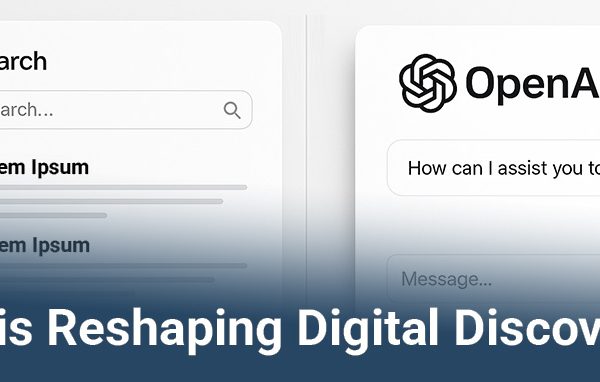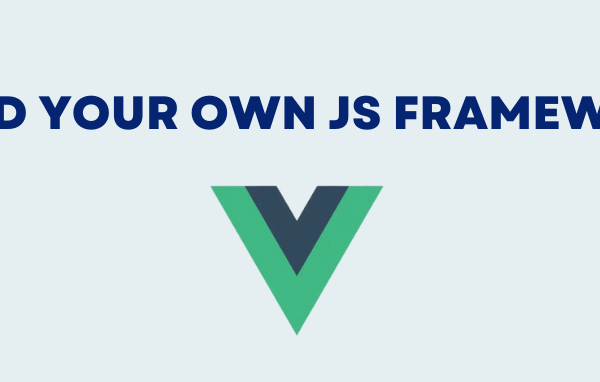Choosing the microservice architecture and Spring Boot means that you’ll need to pick the cleanest possible way for your services to communicate between themselves. Feign Client is one of the best solutions for this issue. It is a declarative Java web service client initially developed by Netflix. It’s an abstraction over REST-based calls allowing your microservices to communicate cleanly without the need to know REST details happening underneath. The main idea behind Feign Client is to create an interface with method definitions representing your service call. Even if you need some customization on requests or responses, you can do it in a declarative way. In this article, we will learn about integrating Feign in a Spring Boot application with an example for REST-based HTTP calls. An example will be given, in which two microservices will communicate with each other to transfer some data. But, first, let’s get familiar with feign.
What is Feign?
Feign is a declarative web service client that makes writing web service clients easier. We use the various annotations provided by the Spring framework such as Requestmapping, @PathVariable in a Java interface to Feign, a declarative web service client. It makes writing web service clients easier. To use Feign create an interface and annotate it. It has pluggable annotation support including Feign annotations and JAX-RS annotations. Feign also supports pluggable encoders and decoders. Spring Cloud adds support for Spring MVC annotations and for using the same HttpMessageConverters used by default in Spring Web. Spring Cloud integrates Ribbon and Eureka to provide a load-balanced HTTP client when using Feign.
Example Management API simulator
In the following code section, you can see a Feign Client resource example. The interface extends the origin API interface to declare the @FeignClient. The @FeignClient declares that a REST client should be created with this interface.
Setup pom.xml
The following dependency will be added:
<dependency>
<groupId>org.springframework.cloud</groupId>
<artifactId>spring-cloud-starter-openfeign</artifactId>
</dependency>
Enable Feign Client
Now enable the Eureka Feign by using the @EnableFeignClients annotation in a main Spring Boot application class that is also annotated with the @SpringBootApplication annotation.
package com.example.demo;
import org.springframework.boot.SpringApplication;
import org.springframework.boot.autoconfigure.SpringBootApplication;
import org.springframework.cloud.client.discovery.EnableDiscoveryClient;
import org.springframework.cloud.openfeign.EnableFeignClients;
@SpringBootApplication
@EnableFeignClients
@EnableDiscoveryClient
public class FeignClientApplication {
public static void main(String[] args) {
SpringApplication.run(FeignClientApplication.class, args);
}
}
Use a Circuit Breaker with a Feign Client
If you want to use the Spring Cloud OpenFeign support for Hystrix circuit breakers, you must set the feign.hystrix.enabled property to true. In the Feign version of the Agency app, this property is configured in application.yml:
feign:
hystrix:
enabled: true
@FeignClient(name = "Validations", url = "${validations.host}")
public interface ValidationsClient {
@GetMapping(value = "/validate-phone")
InfoMessageResponse<PhoneNumber> validatePhoneNumber(@RequestParam("phoneNumber") String phoneNumber);
}
In the application.yml file, we will store the URL of the microservice with which we need to communicate:
validations:
host: "http://localhost:9080/validations"
We will need to add a config for Feign as follows:
package com.demo;
import feign.Contract;
import org.springframework.cloud.openfeign.support.SpringMvcContract;
import org.springframework.context.annotation.Bean;
import org.springframework.context.annotation.Configuration;
@Configuration
public class FeignClientConfiguration {
@Bean
public Contract feignContract() {
return new SpringMvcContract();
}
}
Congrats! You just managed to run your Feign Client application by which you can easily locate and consume the REST service.
Summary
In this article, we have launched an example of microservice that communicates with one another. This article should be treated as an introduction to the subject of Feign Client and a discussion of integration with other important components of the microservice architecture.




